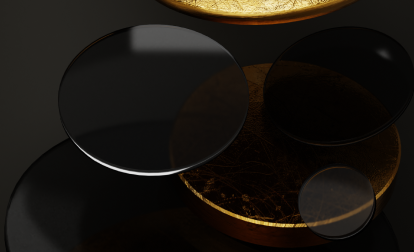Deep acne scars are a common result of acne, affecting aesthetics and self-confidence. However, with advancements in aesthetic technology, many methods for treating long-term acne scars have emerged, helping to significantly improve skin texture. This article will summarize the most effective methods for treating deep acne scars.
1. Chemical Peels – An Effective Acne Scar Treatment
Chemical peels use special compounds to remove dead skin cells and stimulate the regeneration of new skin. Common acids used in this method include:
Glycolic Acid: Stimulates epidermal dissolution, helping to fill in deep acne scars. The treatment usually lasts for 5 sessions with 70% glycolic acid, with each session spaced two weeks apart.
Jessner's Solution: Contains salicylic acid, resorcinol, lactic acid, and ethanol, which help break down keratin cells and support gentle exfoliation.
Pyruvic Acid: Has keratolytic, antibacterial effects, and stimulates the production of new collagen, effective for all skin types.
Phenol: A deep chemical peel used for severe acne scars but requires a longer recovery time.
2. Dermabrasion – A Quick Method for Acne Scar Removal
Dermabrasion is a technique for resurfacing the skin by abrading the damaged layer. There are two methods:
Traditional Dermabrasion: Completely removes the epidermis, stimulating collagen regeneration.
Microdermabrasion: A gentler approach, causing less pain and requiring less recovery time.
3. Laser Technology – The Best Solution for Long-Term Acne Scars
Laser technology is a popular method due to its ability to stimulate collagen production and skin regeneration:
Fractional CO2 Laser: Highly effective for filling in deep acne scars.
Erbium Laser: Reduces thermal damage and is suitable for sensitive skin.
4. Platelet-Rich Plasma (PRP) Skin Regeneration
PRP uses your own blood to stimulate cell growth and collagen production, helping the skin recover quickly.
5. Radio Frequency (RF) – Modern Skin Rejuvenation Technology
RF waves generate heat deep under the skin, stimulating collagen production without damaging the surface, effectively improving acne scars.
6. Microneedling – A Solution for Deep Acne Scars
Microneedling involves creating tiny punctures in the skin, stimulating collagen regeneration. It is highly effective for deep, pitted acne scars.
7. Autologous Fat Grafting – A Natural Solution for Skin
Autologous fat grafting helps fill in scarred areas using your own body’s fat tissue, minimizing the risk of allergies.
8. Microneedling Rollers – Stimulating Collagen for Skin Regeneration
Microneedling rollers create micro-injuries in the skin, triggering natural collagen production. Visible results can be seen after 6 – 12 weeks.
9. Stem Cell Therapy – A Breakthrough in Acne Scar Treatment
Stem cell therapy helps regenerate skin and fill in long-term acne scars by stimulating the growth of fibroblasts.

